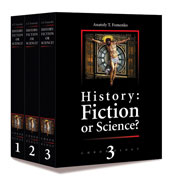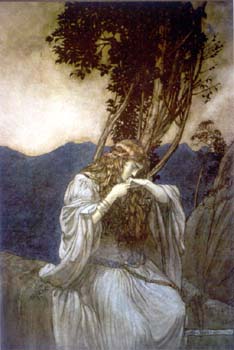Operetta
Operetta seems typical of Vienna in the later 19 th century, exemplified by the work of Johann Strauss, in works such as Die Fledermaus (The Bat), with its light- hearted intrigue and attempted marital deception. The tradition of operetta found other champions in composers like Franz von Suppé, and then, leading into the new century, in Franz Lehar and his contemporaries, with parallel success in Berlin. By the 1920s, however, the formula had worn thin, gradually to be replaced by musical comedy.
After Wagner
While Wagner may overshadow his immediate successors, his influence was enormous, reflected in the operas of Humperdinck and even, however reluctantly, of the latter's pupil, Wagner's son Siegfried Wagner. The latter's operas continue to explore a German world, but rather one of Grimm's Fairy Tales than of gods and heroes. In 1893 Humperdinck won his first success with his opera Hansel und Gretel (Hansel and Gretel), following this with other fairy- tale operas. Siegfried Wagner turns to weightier German legends in a series of operas that are only now finding an audience.
Richard Strauss
The true successor of Wagner is Richard Strauss, particularly in the remarkable series of operas in which he collaborated with the writer Hugo von Hofmannsthal, after the earlier success of Salome , based on Oscar Wilde's play of that name. Wilde's work had been banned in England, and Salome as an opera suggested new realms of sensuality to be explored, both dramatically and musically. Elektra in 1909 was followed by the moving nostalgia of Der Rosenkavalier (The Knight of the Rose), a work of comedy and poignancy, an autumnal reflection of a mood of the time, set in the age of Mozart. Strauss continued after von Hofmannsthal's death in collaboration with Stefan Zweig and others. His last opera, Capriccio , was first staged in Munich in 1942. His debt to Wagner may be seen as musical rather than dramatic, reflected in orchestration and harmony.
The Weimar Republic and National Socialism
The intervention of National Socialism had, in opera as elsewhere, an immensely damaging effect on the general creativity of German opera. The 1920s had brought a period of experiment, often outrageous enough in its defiance of tradition. Composers like Franz Schreker had explored the exotic world opened by Strauss's Salome . He was dismissed from his position in Berlin and died in 1934. Other younger composers like Schoenberg, Zemlinsky, Weill, Goldschmidt and Hindemith were driven into exile and often, therefore, into other forms of musical activity. America, where some took refuge, lacked the traditions of the German opera- house. Kurt Weill, who had collaborated with Bertolt Brecht in Berlin in Die Dreigroschenoper (The Threepenny Opera), a modernised and political version of The Beggar's Opera , turned to the American musical. Schoenberg left his great opera Moses und Aron unfinished. Zemlinsky did the same, never completing his last opera. Goldschmidt in England found almost as little opportunity as Hindemith in America, both having suffered from official censorship before their forced or chosen emigration. Schoenberg's pupil Berg, however, had added his own very distinctive contribution to German opera in Wozzeck, a study of madness and murder. At the time of his death in Vienna in 1935 he left his second opera, Lulu , unfinished.
Contemporary German Opera
Germany and Austria continue to offer a fertile ground for new opera. This is encouraged by the existence of a large number of efficient provincial opera- houses and a measure of enlightened public support. There have been notable new operas from composers such as Hans Werner Henze and remarkable experiment from Karlheinz Stockhausen, among others, expanding the possibilities of music- theatre.

|








